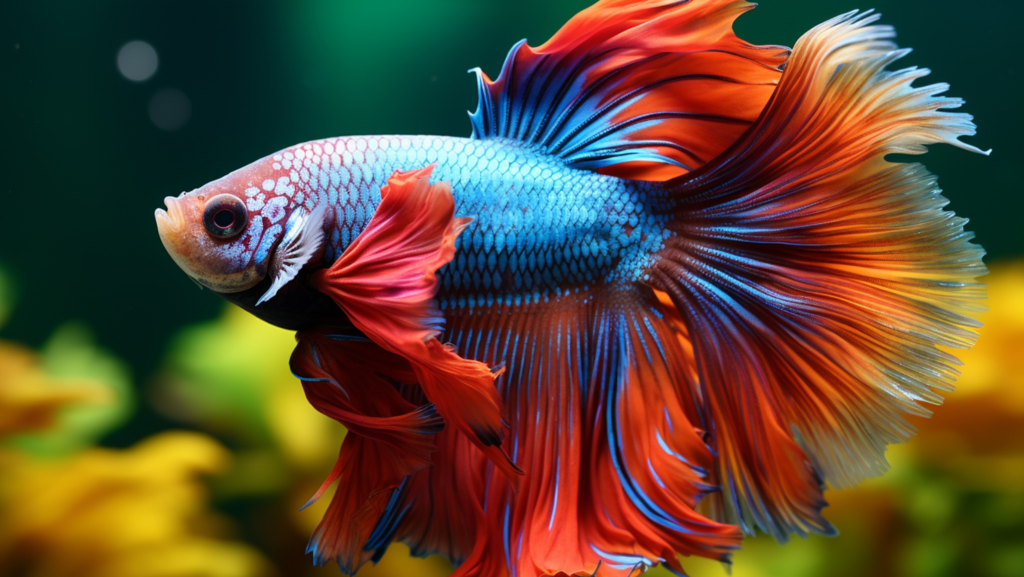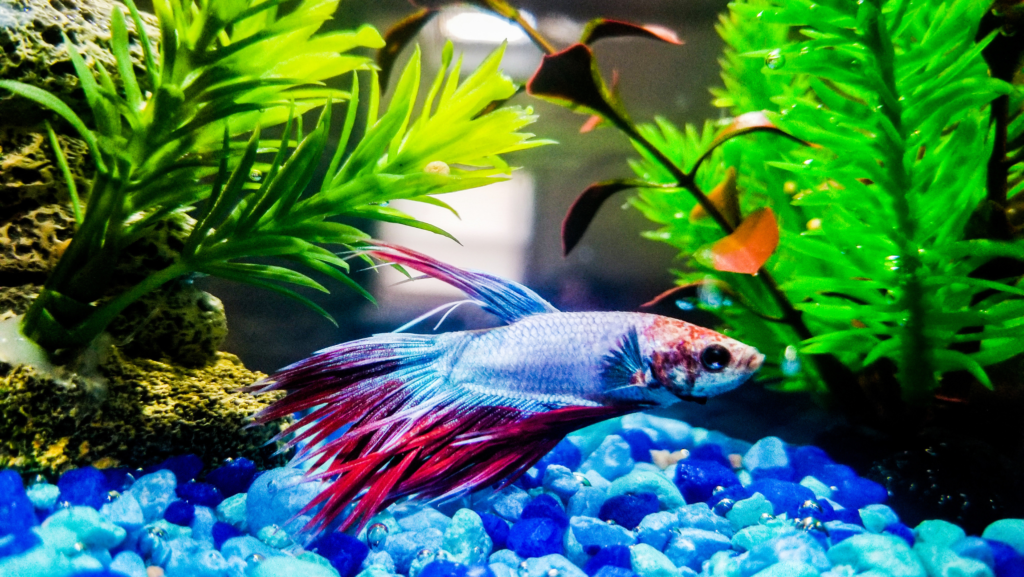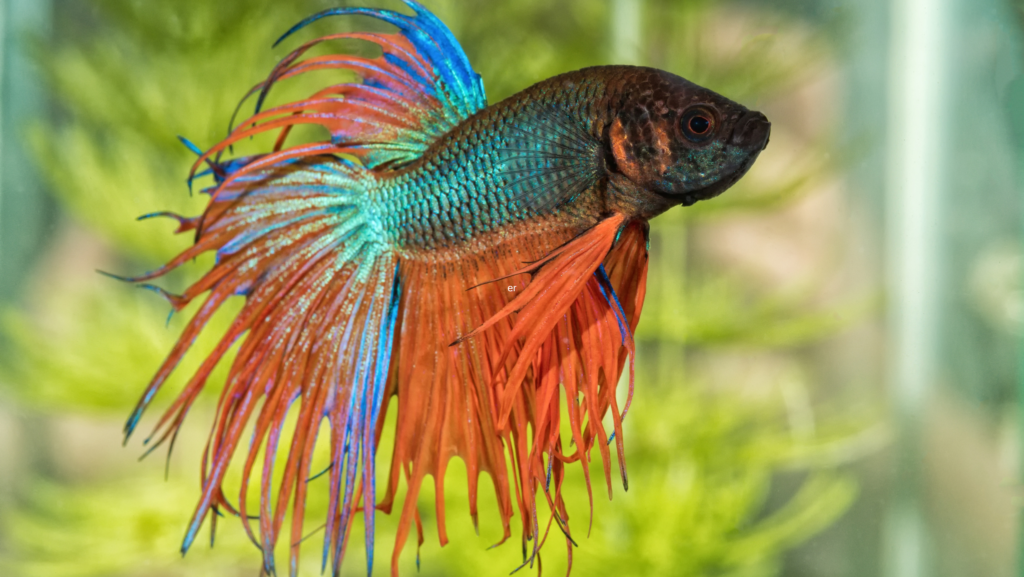The Siamese fighting fish (Betta splendens), commonly known as the betta,[2] is a freshwater fish native to Southeast Asia, namely Cambodia, Laos, Myanmar, Malaysia, Indonesia, Thailand, and Vietnam.[3][4] It is one of 73 species of the genusBetta, but the only one eponymously called “betta”, owing to its global popularity as a pet; Betta splendens are among the most popular aquarium fish in the world, due to their diverse and colorful morphology and relatively low maintenance.[5][6]
Birth and Early Stages:

Betta fish, scientifically known as Betta splendens, undergo a fascinating life cycle that begins with their birth. Betta fish eggs are typically laid by the female in a bubble nest constructed by the male. The male is responsible for guarding the eggs until they hatch, which usually takes around 24 to 36 hours. Once hatched, the tiny betta fry emerge, and their early days are spent close to the surface, relying on their yolk sacs for nutrition.
Growth and Development:

As the betta fry grow, they undergo various stages of development. Initially, they have a translucent appearance, gradually gaining pigmentation as they mature. The fry exhibit their first signs of color and fin development as they transition from larvae to juvenile fish. At this stage, they require proper nutrition to support their growth, typically in the form of specialized fry food. It’s crucial to separate the fry to prevent aggression, as adult bettas may view them as potential rivals.
Adult Life and Habitat:
Upon reaching adulthood, betta fish showcase their vibrant colors and elaborate finnage. In the wild, bettas inhabit slow-moving or stagnant waters, such as rice paddies and shallow ponds in Southeast Asia. In captivity, they are commonly kept in aquariums with appropriate filtration and heating systems. Bettas are known for their labyrinth organ, allowing them to breathe atmospheric air, which is essential in oxygen-deprived waters.
Reproduction:

Betta fish are known for their unique reproductive behaviors. When ready to mate, the male builds a bubble nest on the water’s surface, often beneath a broad leaf or floating debris. The female lays her eggs, and the male then collects them, placing them in the bubble nest for protection. The male guards the nest and the hatched fry, displaying territorial behavior during this period. Successful breeding requires careful monitoring and separation of the male and female after mating to prevent aggression.
Feeding Habits:
In their natural habitat, bettas are carnivorous, feeding on insects, larvae, and small invertebrates. In captivity, they thrive on a diet of high-quality betta pellets, live or frozen foods like brine shrimp and bloodworms, and occasional treats such as daphnia. It’s essential to feed them in moderation to prevent overfeeding, which can lead to health issues.
Life Expectancy and Aging:
The average lifespan of a betta fish ranges from 2 to 5 years, depending on factors such as genetics, diet, and living conditions. As bettas age, they may experience a decline in activity and vibrancy. Proper care, including regular water changes and a balanced diet, can contribute to a betta’s overall well-being and longevity.
Death and End of Life:

As bettas age, they become more susceptible to diseases and health issues. Common causes of death include old age, genetic factors, or untreated illnesses. Signs of distress may include lethargy, changes in color, or abnormal behavior. Providing a comfortable and stress-free environment, regular health checks, and prompt medical attention when needed can enhance a betta’s quality of life and potentially extend its lifespan.
In conclusion, the life cycle of betta fish encompasses various stages, from birth to adulthood, reproduction, and ultimately, the end of life. Responsible care and a suitable habitat contribute significantly to the health and longevity of these captivating and vibrant aquatic creatures.

